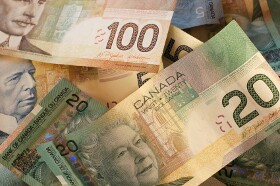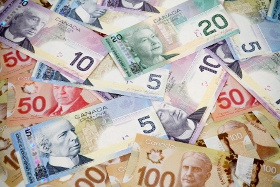The Canadian dollar followed the move of crude oil to the upside, logging gains during the current trading session. By now, the currency has pared the rally against some of its rivals, but maintained gains against others.
Saudi Arabia and Russia signaled that they are willing to extend oil productions cuts, implemented back in November to reduce oversupply of crude oil on the market, to the first quarter of 2018. The two countries are the biggest oil producers in the world, thus such an announcement is taken by the markets very seriously. The news allowed the loonie to ignore geopolitical tensions related to North Korea and its ballistic missile launch.
All commodity currencies profited from the news, and the Canadian dollar was not an exception. It is not surprising to see the currency moving in tandem with the commodity considering the special relationship between the two. Crude is the biggest export of Canada, therefore it has a very big impact on the nation’s currency.
As of now, futures for oil have trimmed their gains (though are still trading high above the opening level), and the loonie backed off against such currencies as the euro and the Swiss franc. At the same time, the Canadian currency maintained its gains versus the US dollar and the Japanese yen.
USD/CAD dropped from 1.3695 to 1.3643 as of 17:33 GMT today, and its daily low of 1.3601 was the lowest since April 27. CAD/JPY advanced from 82.58 to 83.38. EUR/CAD was down from 1.4968 to 1.4898 intraday but has bounced to trade near the opening level at the present time. CAD/CHF opened at 0.7297, rallied to 0.7342 intraday, but back off to 0.7304 later.
If you have any questions, comments or opinions regarding the Canadian Dollar,
feel free to post them using the commentary form below.



Be First to Comment